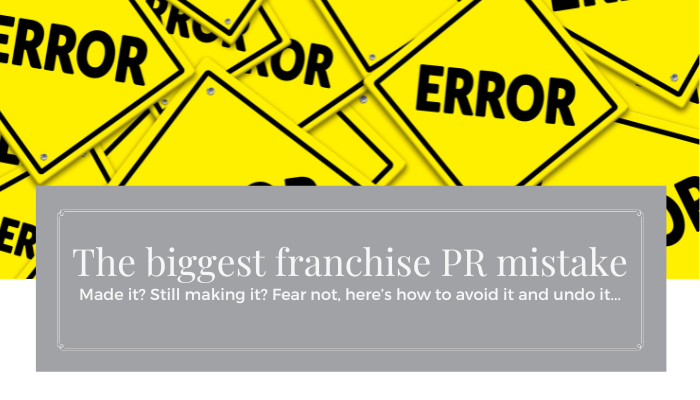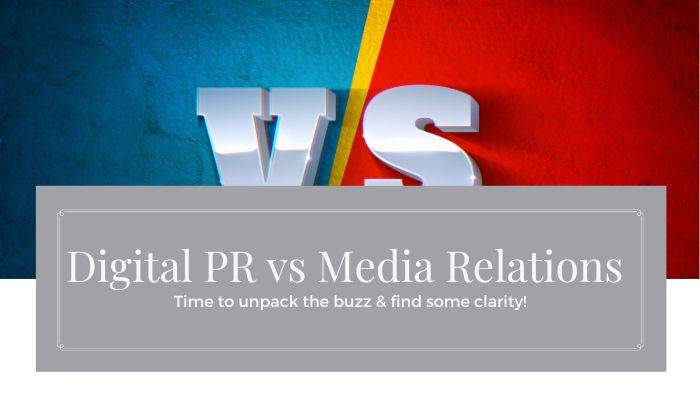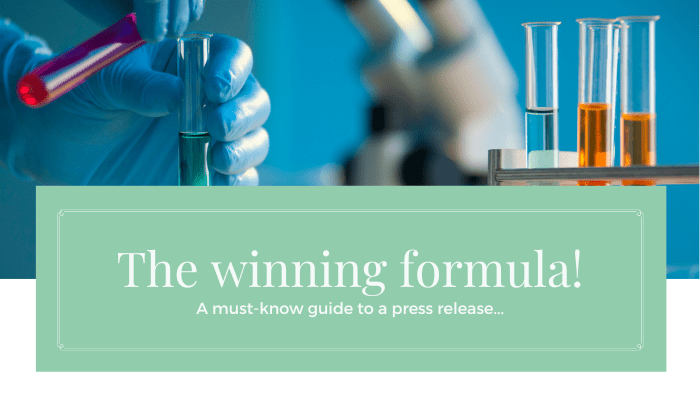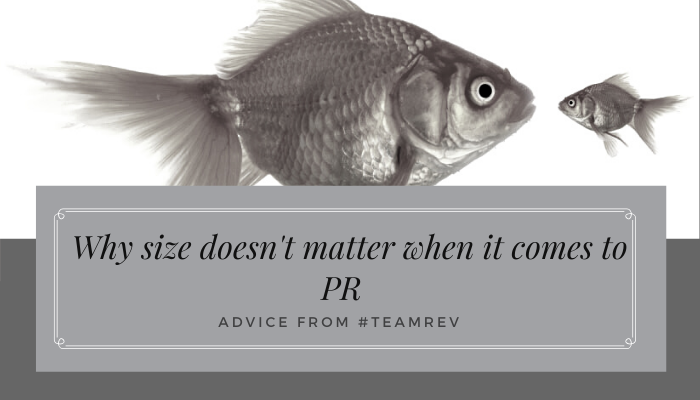The fundamental aim of public relations is simple: to get your message in front of your target audience. So, once you’ve worked out what your news story or pitch is going to be about (the message) you need to establish who you’re looking to reach with the content (the audience).
With any PR activity, different campaigns will have different aims. If you’re promoting a new product, you’ll need to get your brand in front of those involved in the decision-making process for purchases. For franchise brands with an objective of recruiting franchisees, your target audience would be those who already have an inkling they wish to become a business owner or someone who wants to add to their business portfolio. Of course, you can go for a national newspaper with hundreds of thousands of daily readers but they’re likely to be reading it to get the day’s news and commentary, rather than being in the frame of mind to make an investment.
That’s why size really doesn’t matter when it comes to PR. It’s who, not how many, you get your content in front of that counts.
Establish your audience
So, you’re promoting a new consumer product and, quite rightly, the objective of your PR campaign is to raise awareness of the product, so it ultimately gets into as many hands as possible.
Firstly, you need to ascertain who will be investing in your product and where they consume their media. As an example, let’s say you own a high-end children’s clothing brand and you’re bringing out a line of organic cotton pyjamas. You may assume that parenting magazines should be your first – and only – port of call. But take the demographic of your traditional customer into consideration. With the higher price tag and luxury feel of the brand, perhaps it’s actually grandparents who are more likely to place the orders? In which case, include luxury lifestyle magazines, those aimed at the over-50s or the broadsheet weekend supplements in your target media list. By sitting in your consumers’ shoes for a second and anticipating their customer journey – rather than assuming you know where your customers are – you’re targeting an entire cross-section of buyers and their influencers.
Stories, not sales
It’s also imperative that you consider not just who you are pitching to, but what you are pitching. There’s no point in investing significantly in establishing the perfect audience if you’re approaching the titles the consumers read with subpar content.
No broadsheet weekend supplement is going to include a story about a new line of pyjamas alone (unless you’re willing to invest a lot of money in advertising!) so take time to pull out the newsworthy content. Ethically sourced fashion is an increasing priority for many consumers, so concentrate on telling the story about the journey to sourcing organic materials and the reasons behind your commitment to sustainability. Tell a story that is worth reading.
Influencer outreach
Targeting the right people is equally as relevant when it comes to working with social media influencers and bloggers. We all know of the Instagram royalty like Saffron Barker, Mrs Hinch and Joe Sugg, to name a few. But securing posts with influencers of this scale is costly, complicated and won’t always hit the mark. Unless you’ve got a new fashion line or vacuum cleaner to promote, of course.
When researching influencer collaborations, opt for content creators that:
- Are relevant to your target demographic – for instance, if you’re a children’s services franchise and you’re looking to promote a new consumer offering, parenting bloggers should be at the top of your hit-list
- Appreciate your investment. One timeline post on Instagram is simply a starting point. Quality influencers will also post on stories, replicate activity later down the line and will even write blog posts reviewing your product or service
- Actively engage with their audience. This encourages new followers and might even entice new visitors to your website.
You’ll often find that these quality influencers don’t have the largest social media following, but they have followers that actually care about their content and, most importantly, engage with it.
So bigger isn’t always better, it’s not the size of audience that counts but whether they’re open to receive your content. By establishing quality media targets for your brand stories, you have the opportunity to reach potential customers or clients via one short article or affiliated social media post.
Follow TeamRev on social media for more tips: LinkedIn, Twitter or Instagram






